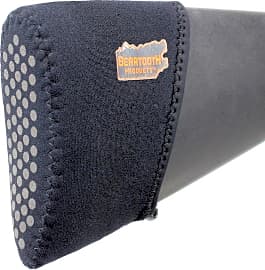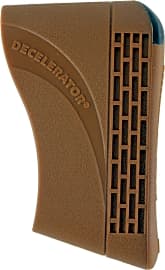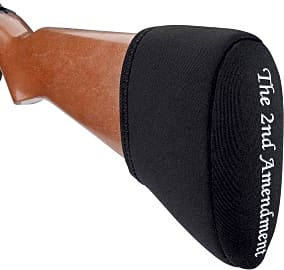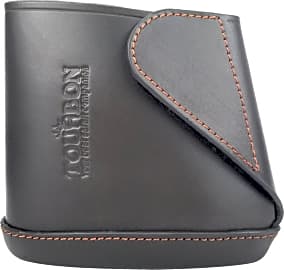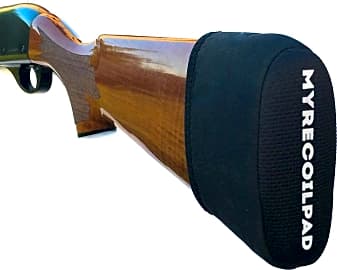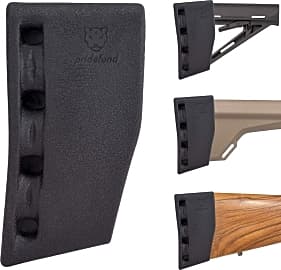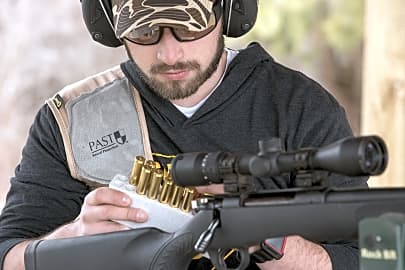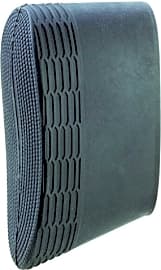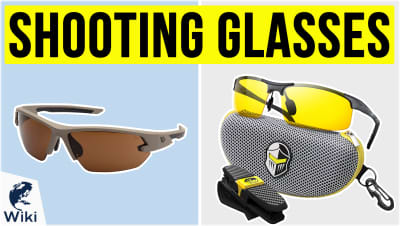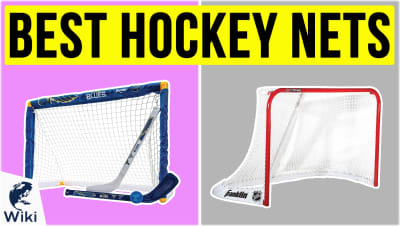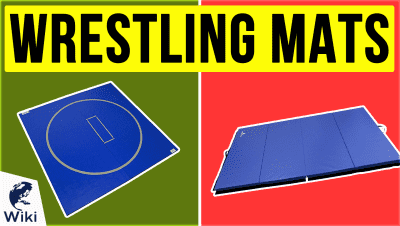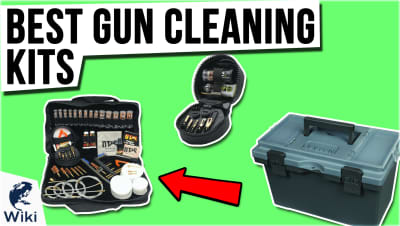The 10 Best Recoil Pads

This wiki has been updated 37 times since it was first published in February of 2017. If you are tired of feeling like you've been punched in the shoulder after a day at the shooting range, add one of the pads on our list to the stock of your rifle or shotgun and let it deal with the recoil. These accessories are low-cost, but highly effective, and some of them could even help stabilize your aim or get the sights back on the target faster after firing. When users buy our independently chosen editorial recommendations, we may earn commissions to help fund the Wiki.
Editor's Notes
November 13, 2020:
We removed the Shooterpads Gel Filled due to availability concerns, and replaced it with the TinyPrice Gel Filled, which uses similar viscoelastic gel polymer technology to absorb recoil shock. We also added two options from PrideFend. The PrideFend Universal is another flexible option that can handle the most intense recoil, and can be purchased in a wide variety of patterns. The PrideFend Synthetic is more rigid, and maintains traction against your shoulder or any surface on which it might rest, and also comes in three sizes.
For the shooters and hunters who prioritize health and safety generally, it would be a good idea to check out these shooting glasses, which help protect your eyes from spent casings, smoke, and ricocheting birdshot.
June 29, 2019:
If you've spent any time at all at a shooting range with a high-powered rifle or shotgun, you know that a recoil pad is a necessary accessory. Our selections absorb up to 70 percent of a gun's kick, making it much more tolerable to dial in your sights and helping to reduce the dreaded flinching that comes from recoil anticipation.
By far, the most common problems experienced by users of these pads is fit, even with pads deemed to be "universal." Before you start shopping, measure the width and length of your gun's stock at the butt plate, and then look for a pad that matches those dimensions as closely as possible.
In this update, we re-evaluated our choices based on effectiveness and value. With those characteristics in mind, we promoted the Pachmayr Decelerator. Among other things, we like its snag-free design, which prevents it from catching on your shirt as you raise the gun to your shoulder.
The Need For A Recoil Pad
These handy things are made of rubber, gel, foam, or other cushioning material that absorbs some of the impact of the recoil, or spreads it over a larger area.
Shotguns and large-caliber rifles can pack quite a punch. A few years ago, one day of skeet shooting with a twelve-gauge shotgun threw my upper back out of alignment and I was sore for weeks. The first time I fired my 7mm Magnum, it felt like I'd been kicked by a horse. I cringed and tensed up for every shot after that first one, and you can imagine what that did to my accuracy. I never did get that gun dialed in like I wanted.
Now, you might be a better shot than I am (that's not hard), but you still want to give yourself every advantage whether on the range or in the field. And reducing the perceived recoil of your weapon can be a definite advantage. In addition to decreasing the damage done to your shoulder, reduced recoil can help you get your sights back on the target more quickly and can prevent neck, back, and shoulder pain that could go on for days. It can also help increase your accuracy because you'll be less likely to flinch or close your eyes while anticipating a hard kick.
So anyone who plans to spend time firing off more than a couple of rounds should consider a recoil pad. These handy things are made of rubber, gel, foam, or other cushioning material that absorbs some of the impact of the recoil, or spreads it over a larger area.
I bought my first pad more than 30 years ago and it was for the .270 I inherited from my Grandfather. It was made of rubber and I had to cut it to fit the sleeve over the butt of my rifle. It absorbed some of the energy of the kick, maybe 30 percent, but even that was better than the metal plate that was there without the pad. It was well worth what I paid for it.
Technology and materials have improved a lot since then — so much so that some recoil pads can now absorb up to 70 percent of the kick from rifles and shotguns. This ability makes them a necessary accessory for the serious shooter and hobbyist alike.
Get A Good Fit
The most important element to consider in choosing a recoil pad is its fit. It has to fit your gun and it has to fit you, just like your gun should. While some have elastic sleeves that will hug the stock of almost any weapon, some pads are made for specific guns, and some can be ground to a custom fit.
Some pads are made of multiple inserts so that you can add or remove padding to get the perfect fit.
Make sure to do your research and read the fine print before buying. Have the measurements of your butt plate handy because some manufacturers publish the sizes of their pads so that you can find the right one to suit your needs.
Also consider the installation. Many brands simply slip over the stock using elastic material to hold the pad in place. But some are meant to mount on top of or to replace the butt plate. You might need a gunsmith's screwdriver for these. Some don't go on the gun at all, but strap in place on your shoulder where they spread the energy of the recoil over a wider surface area.
Once you have the pad installed, it should add some distance between the gun and your body, but not too much. If after attaching the pad to your rifle you have to stretch your neck forward to see through the scope, your pad probably adds too much length to your setup. Some pads are made of multiple inserts so that you can add or remove padding to get the perfect fit.
What Is Recoil, Anyway?
To understand recoil, think back to high school physics. Remember Newton's law that says for every action there is an equal and opposite reaction? (It's the third law, in case you're interested.) Recoil is the opposite reaction to the energy created when you pull the trigger. In a microsecond, the primer ignites the powder, which creates explosive gases that push the projectile out the muzzle at an extremely high speed. Most of the equal and opposite reaction is aimed squarely at your shoulder in the form of recoil, or kick.
Experienced shooters learn to take some of the recoil with their hands, so learned technique can definitely decrease the impact.
Several factors contribute to a gun's recoil severity. These include but are not limited to the technique of the shooter, the position from which the shooter fires, and the load of the cartridge, meaning its caliber and the amount of powder used in it. This is why you feel very little kick with a .22 while a .308 gives you a punch you'll be feeling tomorrow.
To decrease the perceived recoil, you can adjust any of these factors. For example, consider technique. You should hold the butt snugly against your shoulder. If you do not, which is a common beginner's mistake, the recoil feels harder than it otherwise would. Experienced shooters learn to take some of the recoil with their hands, so learned technique can definitely decrease the impact.
Why does shooting position matter? A prone (or lying down) position results in greater perceived recoil because the energy is concentrated on a smaller surface area of your shoulder. And in that position, your body is not well positioned to absorb the kick through the natural motion of your shoulder that occurs when firing standing up.
While we'll probably never be completely free from recoil, you can take steps to make it less of a problem. You can adjust your technique and position, and for a relatively low price, you can outfit your gun with a good recoil pad. You'll be glad you made the investment.


